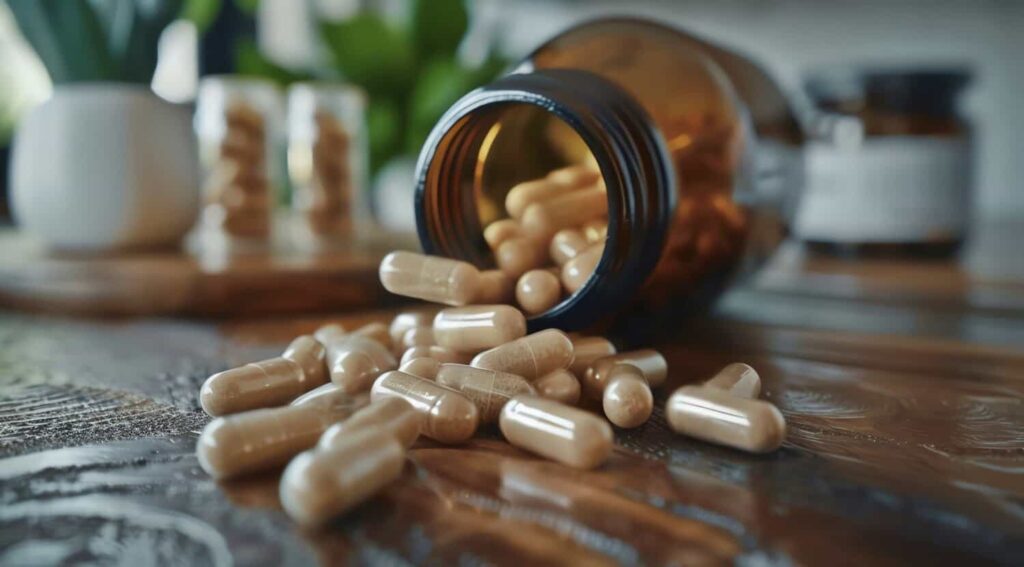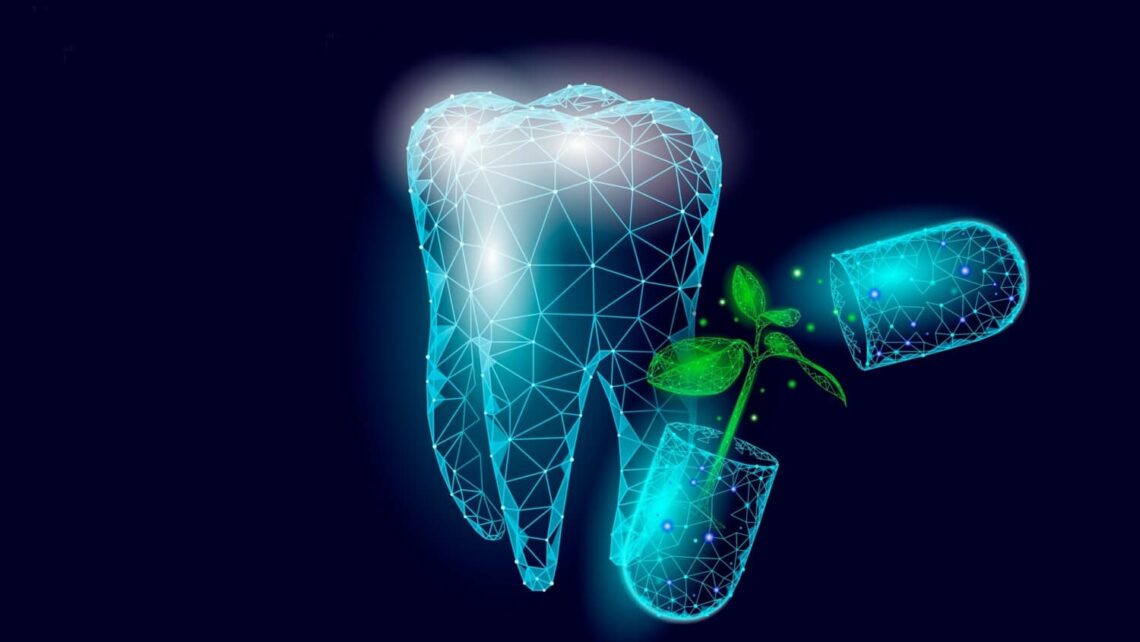For decades, probiotics have been hailed as the heroes of gut health. But the benefits of these “friendly” bacteria extend beyond the digestive system. The mouth, teeming with a diverse community of micro-organisms, is a battleground where a balanced bacterial landscape is crucial for oral health. This is where dental probiotics enter the picture, offering a novel approach to promoting a healthy smile.
The Oral Microbiome
The human mouth is a complex ecosystem harbouring billions of bacteria, fungi, and viruses. This intricate community, known as the oral microbiome, plays a crucial role in oral health. When the balance of these micro-organisms tip in favour of harmful bacteria, it can lead to variety of dental issues, including cavities, gum disease (gingivitis and periodontitis), and bad breath (halitosis) [1].
Traditionally, oral hygiene practices like brushing and flossing focused solely on removing plaque, a biofilm containing both beneficial and harmful bacteria. However, with a growing understanding of the oral microbiome, a huge shift is happening. The focus is now on promoting a healthy balance of bacteria, where “good” bacteria outcompete and neutralise the harmful ones [2].
Can the Probiotic Players Tip the Scales?
Dental probiotics are essentially live micro-organisms, similar to those found naturally in the mouth. They can also be ingested in the form of lozenges, tablets or toothpaste.
The most common strains used in dental probiotics include:
- Lactobacillus strains (L. plantarum, L. rhamnosus)
- Bifidobacterium strains (B. lactis)
- Streptococcus salivarius K12 (BLIS K12) [3, 4]

These “friendly” bacteria are believed to work by:
Directly competing with harmful bacteria for space and nutrients: By colonising the oral cavity, probiotics create a competitive environment that limits the growth of pathogenic bacteria [5].
Producing antimicrobial substances: Certain probiotic strains can produce bacteriocins, which are natural antibiotics that target and kill harmful bacteria [6].
Modulating the immune response: Probiotics can interact with the immune system in the mouth, potentially reducing inflammation and promoting tissue health [7].
What are the Different Forms of Dental Probiotics?
Dental probiotics come in various forms, each with its own advantages:
Lozenges and Chewing Gums: These provide sustained release of probiotics in the mouth, allowing them to interact with the oral microbiome for a longer period.
Tablets and Powders: These offer a convenient way to deliver a concentrated dose of probiotics.
Mouthwashes: Probiotic mouthwashes can help disperse beneficial bacteria throughout the oral cavity, reaching areas that might be difficult to clean with brushing and flossing.
Toothpastes: While the research on the effectiveness of probiotic toothpaste is limited, some products combine probiotics with traditional cleaning ingredients for a potentially synergistic effect.
The Science Behind the Smile
While research on dental probiotics is still in its early stages, several studies have shown promising results. A 2019 review of clinical trials found that probiotic lozenges containing Lactobacillus strains were effective in reducing plaque and gingivitis compared to a placebo [8].
Another study, published in 2020, demonstrated that a toothpaste containing BLIS K12 combined with regular brushing significantly reduced bad breath compared to a regular toothpaste [9].
However, it is important to note that the evidence for dental probiotics is not yet conclusive. More extensive research with larger sample sizes and long-term follow-up is needed to fully understand their efficacy for various oral health conditions.

Are Dental Probiotics a Magic Bullet?
Dental probiotics are a promising addition to your oral care routine, but they are not a replacement for good oral hygiene practices. Brushing twice and flossing once daily, and maintaining a healthy diet are necessary for good oral health. Additionally, the long-term effects of dental probiotics and their interaction with other medications are still under investigation.
Here are some key considerations when exploring dental probiotics:
- Choose a reputable brand with a clear list of probiotic strains and colony-forming units (CFUs). CFUs indicate the number of viable bacteria in a dose [10].
- Look for products with strains backed by scientific research.
- Consult your dentist before using dental probiotics, especially if you have compromised immune function or any underlying medical conditions.
The Future of Oral Health
The rise of dental probiotics signifies a shift towards a more holistic approach to oral health. By harnessing the power of the oral microbiome, we can move beyond simply removing plaque and towards promoting a healthy balance of bacteria. As research progresses, dental probiotics may become a valuable tool used alongside traditional methods to create a future of healthier smiles.
References:
- Hajishengallis, G., et al. “Oral microbiome and the pathogenesis of periodontal and peri-implant diseases.” Nature Reviews. Microbiology (2017) 15(12): 711-726. https://www.nature.com/nrmicro/
- Marsh, P. D. “Oral microbiology and dental biofilm formation.” Journal of Dental Research (2010) 89(2): 200-208.
Want to book an appointment?
Book online by clicking here. Call our friendly team on 3390 6100 or email us.







